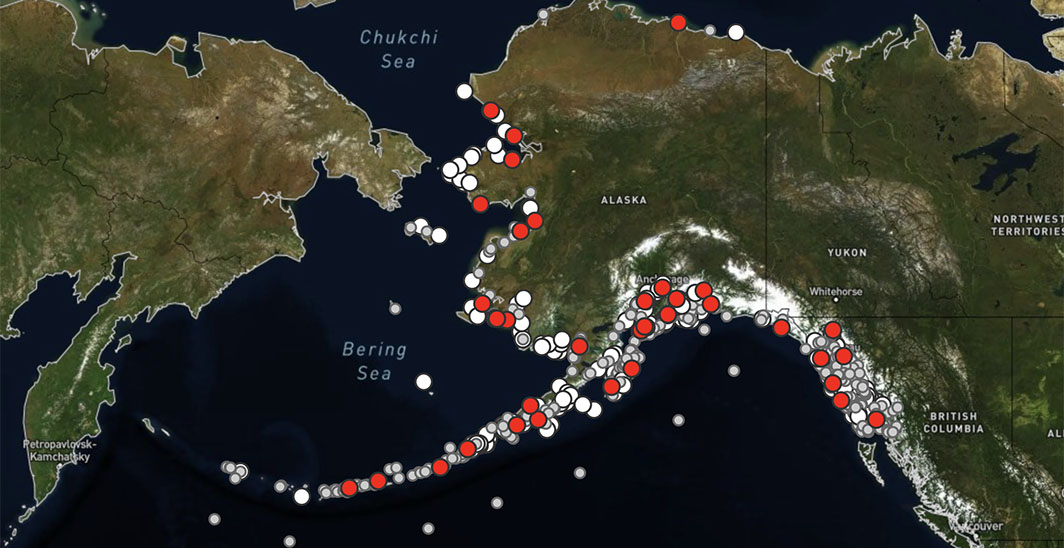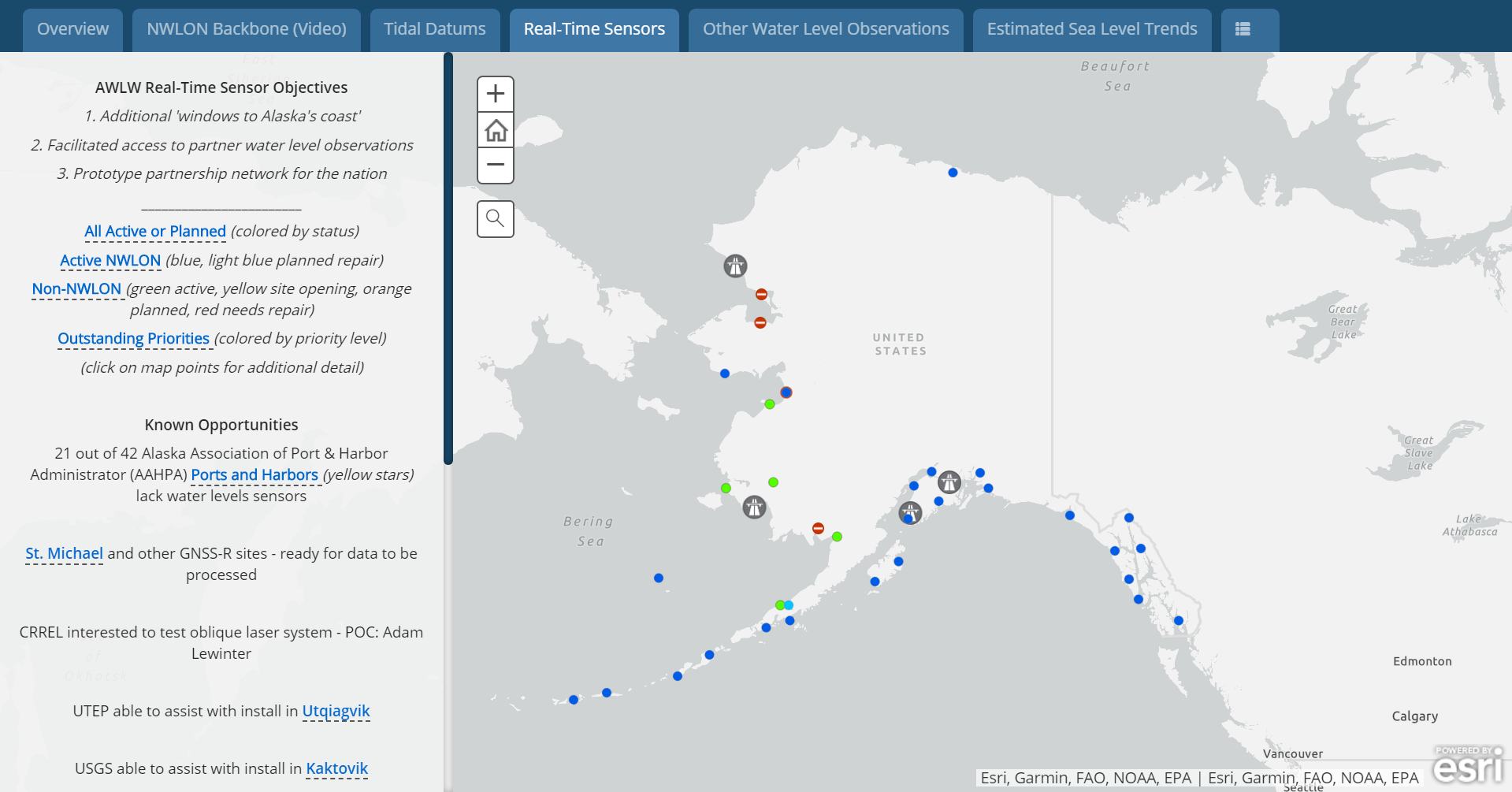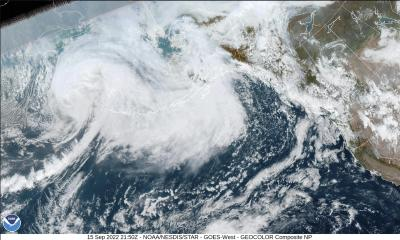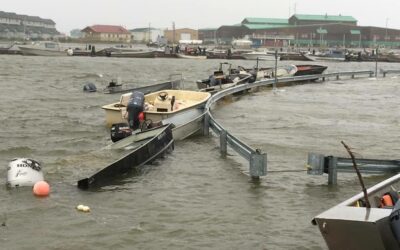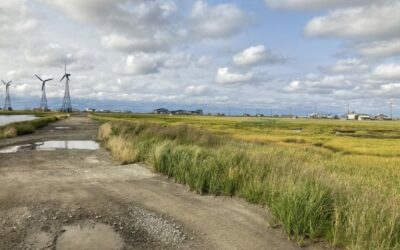
Alaska Water Level Watch
Providing public access to water level data and products through innovative technologies and collaborative partnerships and to expand the coastal water level observation capacity across Alaska’s coastline.
Access and Contribute Data
Alaska Water Level Watch is a forum for crowd-sourced water level data including high water marks from past storms and real-time or short-term sensor deployments. Data are contributed and accessed through the AWLW data portal. Contributing data is easy! Use our station log template and instruction forms to provide metadata with your water level data.
Featured Stories
Ex-Typhoon Merbok Post-Storm Data Response
Extratropical Typhoon Merbok transited the Bering Sea impacting 40 Alaska Native communities and more than 1,300 miles of coastline. Visit this site to see the story about the post-storm data collection effort that was immediately coordinated to provide documentation...
What Was the Biggest Flood We Had?
The Alaska Division of Geological & Geophysical Surveys works with Alaska Water Level Watch partners to maintain photos and resources on historical floods in western Alaska. These resources are the only insights into how high past floods reached in and around communities and what kind of impact floods have had.
Water Level Sensor Installed to Monitor Flooding at Kwigillingok
Early in spring of 2021, the community of Kwgillingok experienced coastal flooding from a high tide (see https://www.kyuk.org/post/kwigillingok-experiences-severe-tidal-flooding). Although Kwigillingok has had coastal flooding in the past (see...

